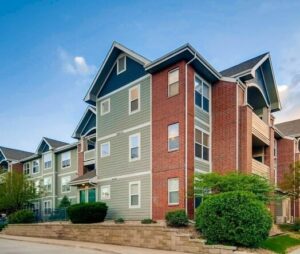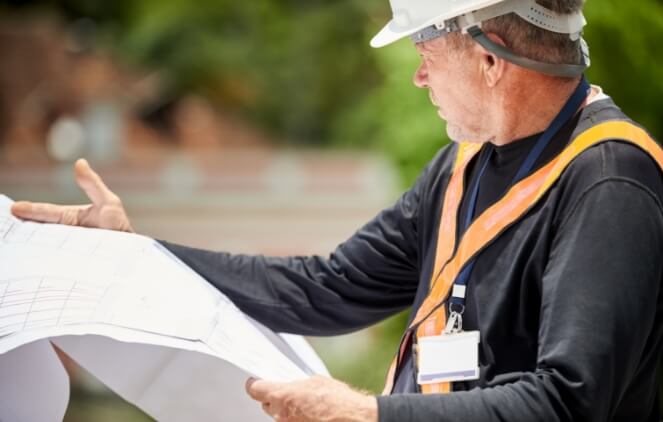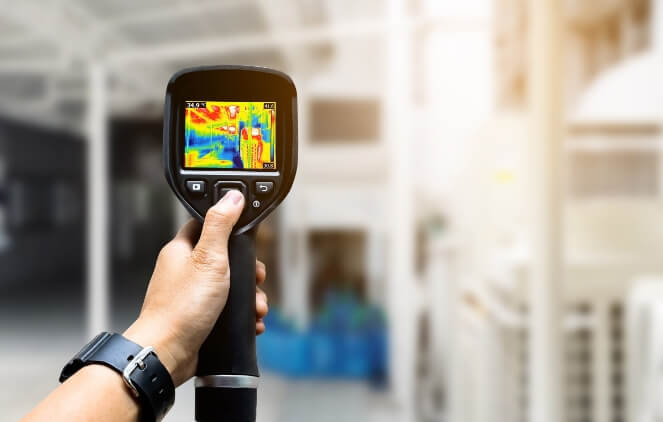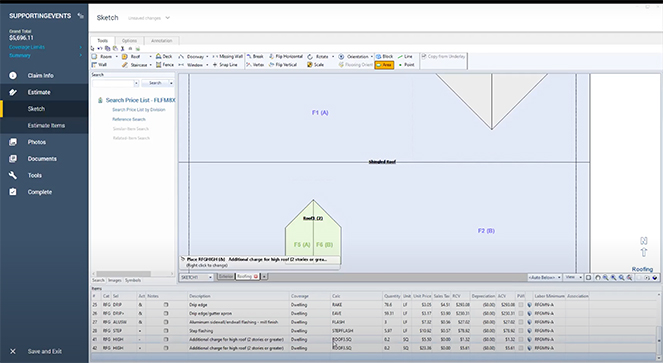- Services
-
-
-
Insurance Claim Types
-
-
- Resources & Support
-
-
-
Insurance Claim Support
-
-
- About Us
-
- Contact Us
Roofing Types
Roofing Types and their attributes
Roofing Types
There are many different types of roofing systems but all are either classified as Steep-Slope or Low-Slope (flat roofing). Below are the basic different roofing types you may encounter, all of which C3 Group Adjusters are experienced in assessing when they are damaged.

Single Ply Membrane Roofing
Single-ply roofing systems are made from a single layer of waterproofing membrane that is installed on top of the roof insulation and/or cover board. Innovations in the manufacturing process has made single-ply roofing systems that are lightweight, durable, and easy to install.
Single Ply Roofing System types:
EPDM (Ethylene Propylene Diene Monomer) – EPDM roofing is an Elastomeric synthetic rubber roof that is resistant to hail impact and has high UV resistance.
TPO (Thermoplastic Polyolefin) – A flexible and reflective thermoplastic roofing system.
PVC (Polyvinyl Chloride) – A fire-resistant and waterproof thermoplastic roof system.
Built-Up Roofing (BUR)
Built-Up Roofing systems are one of the oldest flat roofing types. A BUR system is sometimes referred to as a “tar and gravel” system. These roofs are composed of alternating layers of reinforcing fabric and bitumen (asphalt) and is finished with a UV-protectant such as gravel aggregate or fluid applied coating.


Modified Bitumen Roofing System
Modified Bitumen Roofing Systems (ModBit) is made up of a single layer of Bitumen (asphalt) that is “modified” with other materials.
There are two types of ModBit roofing systems:
- Styrene-Butadiene-Styrene (SBS) – Bitumen modified with synthetic rubber-based polymer technology, which yields exceptional flexibility, even in extremely low temperatures. SBS can be installed with hot-asphalt, cold adhesive, or they can be torched down.
- Atactic Polypropylene (APP) – Features a thermoplastic bitumen blend with excellent resistance to UV and higher temperatures. APP membranes can be torched-down or applied in cold adhesive.
Tile Roofing
Tile roofs are energy-efficient and durable systems that have a long life expectancy. Tile roof systems have been known to withstand fire and hail, however, one of the most unique qualities of a tile roof is that they are made from sustainable earth materials instead of synthetic materials


Metal Roofing
metal roof tiles or metal shingles in addition to certified metal roof restoration.
Shingled Roofing
Shingled Roofing Systems

Rich data for the right settlement
So you don’t leave money on the table
Insurance is complicated. We bring clarity to the process by
capturing hard data to back up your claim.
capturing hard data to back up your claim.
- Expert investigations
- The right technology
- Detailed Estimation

Expert investigations
Our investigations team and trusted partners use detailed analysis, testing and forensic investigations. That means evidence-based conclusions on your property’s material and structural damages.

The right technology
Drones. Matterport 3D imaging. Capacitance meters for moisture detection. We use cutting-edge tech to capture every irrefutable detail.

Detailed Estimation
Every member of our investigations team is Level 2 or Level 3 certified in Xactimate. This rare level of expertise in the industry helps us produce super-detailed, data-driven estimates to fully substantiate your claim.
Our start-to-finish approach to better Insurance settlements
Step 1
Inspection
Our highly-trained investigations team visits your site. Using advanced technology, forensic evaluation and independent damage standards, they complete an unbiased evaluation of your property damage and your policy coverage.
Step 2
Estimation
One of our public adjusters and Level 3 Xactimate Certified estimators is assigned to your claim. Our Xactimate estimator compiles a comprehensive and accurate estimate of your loss. The first time.
Step 3
Preparation
With the evidence compiled, your public adjuster finalizes an itemized claim package that includes damage evidence, policy considerations, estimates and reports.
Step 4
Negotiation
Your designated public adjuster handles all back-and-forth with the insurance company, keeping you up to speed and guiding you through the negotiation process.
Step 5
Settlement
Once all stakeholders and contractors are in agreement with the proposed settlement, your public adjuster settles the claim with the insurance carrier – making sure you get the full value you’re entitled to under your policy.
Newsletter Signup
Sign up and receive updates on storms, industry news, training opportunities, events and more!



